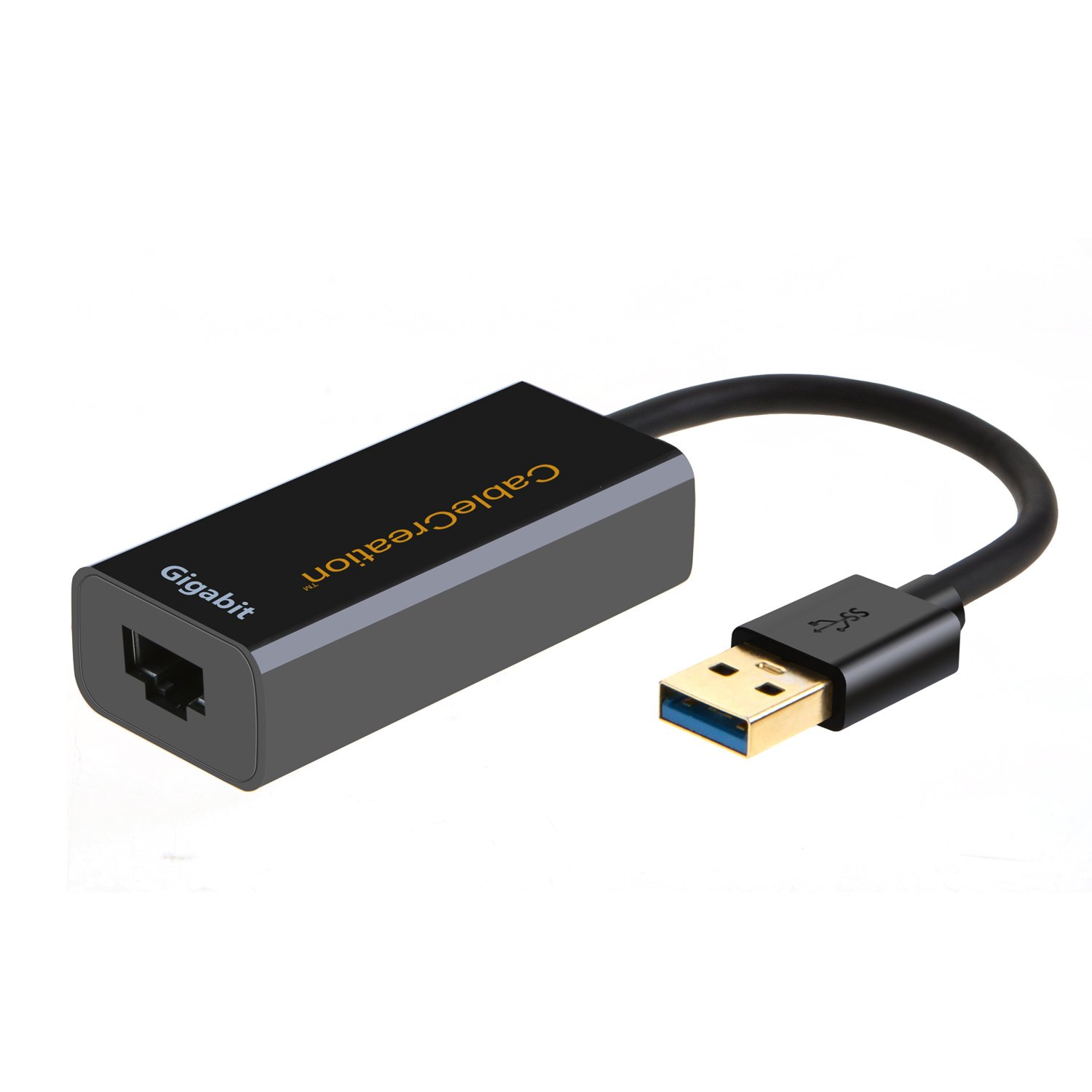

Articles
What Is A Network Adapter Driver
Modified: May 6, 2024
Learn all about network adapter drivers in this informative article. Understand the importance of drivers and how they optimize network performance.
(Many of the links in this article redirect to a specific reviewed product. Your purchase of these products through affiliate links helps to generate commission for Storables.com, at no extra cost. Learn more)
Introduction
A network adapter driver is a software component that allows your computer’s operating system to communicate with the network adapter hardware. It acts as a bridge between the hardware and the operating system, enabling the computer to connect to a network and access the internet.
In simpler terms, a network adapter driver is responsible for translating the commands and data sent by your computer into a format that the network adapter can understand. It facilitates the exchange of information between your computer and other devices on the network, such as routers, switches, and servers.
Without a properly functioning network adapter driver, your computer would not be able to establish or maintain a network connection. This would prevent you from accessing the internet, transferring files, streaming media, and performing other network-dependent tasks.
Every computer that has a network adapter installed requires a specific driver to ensure compatibility and optimal performance. Network adapter drivers are typically provided by the manufacturer of the network adapter, and they are specific to the make and model of the adapter.
In the next sections, we will dive deeper into the purpose and types of network adapter drivers, how they work, their importance, common issues, and how to update them.
Key Takeaways:
- Network adapter drivers are essential for seamless network connectivity, data transmission, and device compatibility. Regular updates ensure optimal performance, stability, and access to the latest networking technologies.
- Identifying, downloading, and installing the correct network adapter driver is crucial for resolving common issues like limited connectivity and slow network performance. Automated update tools can simplify the process, but caution is advised.
Read more: How To Install Driver For Network Adapter
Definition of a Network Adapter Driver
A network adapter driver, also known as a network interface controller (NIC) driver or Ethernet driver, is a software program that enables communication between your computer’s operating system and the network adapter hardware. It is specifically designed to manage the functionality and performance of the network adapter, allowing your computer to connect to a network.
The network adapter, commonly referred to as a network card or Ethernet card, is a physical component of your computer that facilitates the transmission and reception of data over a network. It serves as the interface between your computer and the network infrastructure, such as routers, switches, and modems. The network adapter driver ensures that the operating system can interact with this hardware effectively.
When you connect your computer to a network, whether it’s a local area network (LAN) or a wide area network (WAN) like the internet, the network adapter driver plays a crucial role. It allows your computer to send and receive data packets, establish network connections, and interact with other devices on the network.
Network adapter drivers are typically developed by the manufacturer of the network adapter. They are specific to the make and model of the adapter and are designed to optimize its performance and ensure compatibility with the operating system.
These drivers provide a set of instructions that enable your computer to use various networking protocols, such as Ethernet, Wi-Fi, or Bluetooth, depending on the type of network adapter installed. They handle tasks such as packet transmission, data encoding and decoding, error detection and correction, and network security features.
In summary, a network adapter driver is a software component that facilitates the communication between your computer’s operating system and the network adapter hardware. It allows your computer to connect to a network, transmit and receive data, and interact with other devices on the network. Without a properly installed and updated driver, your computer’s network adapter would not function correctly, preventing you from accessing the internet and other network resources.
Purpose of a Network Adapter Driver
The purpose of a network adapter driver is to enable seamless communication between your computer’s operating system and the network adapter hardware. It plays a vital role in establishing and maintaining network connections, allowing your computer to access the internet, share files, and interact with other devices on the network.
Here are some key purposes of a network adapter driver:
- Hardware Communication: The primary purpose of a network adapter driver is to facilitate communication between the operating system and the network adapter hardware. It translates commands and data from the operating system into signals that the network adapter can understand and vice versa. This enables the computer to send and receive data over the network.
- Network Protocol Support: Network adapter drivers provide support for various network protocols, such as Ethernet, Wi-Fi, and Bluetooth. They ensure that your computer can effectively utilize these protocols to connect to different types of networks. The driver handles the configuration, negotiation, and management of network protocols, enabling your computer to interact with other devices on the network.
- Optimal Performance: A network adapter driver is designed to optimize the performance of the network adapter hardware. It includes algorithms and optimizations that enhance data transmission efficiency, reduce latency, and improve overall network throughput. By utilizing the driver specific to your network adapter, you can ensure that it operates at its optimal capacity.
- Compatibility: Network adapter drivers are specifically tailored to work with the make and model of the network adapter. They ensure compatibility between the hardware and the operating system, allowing the two to interface seamlessly. Without a compatible driver, the network adapter may not function correctly or may not be recognized by the operating system at all.
- Enhanced Features and Stability: Network adapter drivers often include additional features and functionality that can enhance your network experience. These features may include advanced network filtering options, quality of service (QoS) settings, power management options, and more. Furthermore, regularly updating the driver ensures stability and compatibility with the latest operating system updates and networking technologies.
Overall, the purpose of a network adapter driver is to ensure the smooth and efficient operation of your computer’s network adapter. It enables communication between the operating system and the hardware, provides support for various network protocols, optimizes performance, ensures compatibility, and offers additional features to enhance your network experience.
Types of Network Adapter Drivers
There are several types of network adapter drivers available, each designed to support different types of network adapters and technologies. The specific type of driver your computer requires depends on the type of network adapter installed. Let’s explore some common types of network adapter drivers:
- Ethernet Driver: Ethernet drivers are one of the most common types of network adapter drivers. They are used to connect your computer to a wired Ethernet network. These drivers provide support for Ethernet protocols, such as Fast Ethernet (10/100 Mbps) and Gigabit Ethernet (1 Gbps or higher speeds).
- Wireless Driver: Wireless drivers are required for network adapters that support wireless communication. They enable your computer to connect to Wi-Fi networks, allowing you to access the internet without the need for a physical Ethernet connection. Wireless drivers are specific to the wireless technology supported by the network adapter, such as Wi-Fi 4 (802.11n), Wi-Fi 5 (802.11ac), or Wi-Fi 6 (802.11ax).
- Bluetooth Driver: Bluetooth drivers are necessary for network adapters that support Bluetooth connectivity. These drivers enable your computer to connect to Bluetooth devices such as keyboards, mice, speakers, and mobile devices. They provide the necessary protocols and profiles for seamless Bluetooth communication.
- Fiber Channel Driver: Fiber Channel drivers are used for specialized network adapters that are designed for high-speed storage area networks (SANs). These drivers enable data transfer between devices in a SAN environment, providing fast and reliable block-level data storage and retrieval.
- Modem Driver: Modem drivers are required for network adapters that support dial-up or cellular connectivity. They allow your computer to establish a connection to the internet through a dial-up modem or a cellular network. Modem drivers provide the necessary protocols for data transmission and reception.
It’s important to note that some network adapter drivers may support multiple types of network technologies. For example, a network adapter driver may provide support for both Ethernet and Wi-Fi connectivity, allowing you to switch between wired and wireless networks seamlessly.
Additionally, different manufacturers may have their own proprietary drivers for specific network adapters. These drivers may offer additional features, customization options, or improved performance specific to the manufacturer’s hardware.
When it comes to choosing the right network adapter driver, it’s essential to consider the type of network adapter installed on your computer and its intended use. Installing the correct driver ensures optimal performance, compatibility, and functionality of your network adapter.
How Network Adapter Drivers Work
Network adapter drivers play a crucial role in facilitating communication between your operating system and the network adapter hardware. They act as a bridge, ensuring that your computer can send and receive data over a network. Here’s a breakdown of how network adapter drivers work:
- Driver Initialization: When your computer starts up, the operating system loads the network adapter driver into memory. This initialization process involves configuring the driver and preparing it for communication with the network adapter hardware.
- Hardware Detection: Once the driver is loaded, it needs to identify the network adapter hardware present in your computer. It scans the system to determine the make and model of the network adapter and establishes a connection with it.
- Operating System Interaction: Network adapter drivers interact with the operating system to facilitate network communication. They receive commands and data from the operating system and translate them into signals that the network adapter can understand. This includes tasks such as packet transmission and reception, network protocol handling, and error detection and correction.
- Protocol Support: Network adapter drivers provide support for various networking protocols, such as Ethernet, Wi-Fi, Bluetooth, or Modem protocols. They handle the configuration and management of these protocols, ensuring seamless and secure network communication.
- Packet Transmission and Reception: When your computer needs to send data over the network, the network adapter driver takes the data from the operating system and converts it into packets. These packets are then transmitted over the network by the network adapter hardware. Similarly, when data is received from the network, the driver receives the packets from the network adapter, reassembles them, and passes them on to the operating system for further processing.
- Performance Optimization: Network adapter drivers include optimizations and algorithms to maximize the performance of the network adapter hardware. They handle tasks such as link negotiation and speed detection, flow control, and traffic prioritization to ensure efficient and reliable network communication.
- Error Handling: Network adapter drivers are responsible for detecting and handling errors that may occur during network communication. They perform error detection and correction mechanisms, such as checksum verification, retransmission of lost packets, and congestion control, to maintain data integrity and network reliability.
- Power Management: Many network adapter drivers include power management features to optimize energy consumption. These features allow the network adapter to enter specific power-saving modes when idle, reducing power consumption and extending battery life in mobile devices.
Overall, network adapter drivers work behind the scenes to facilitate seamless communication between your operating system and the network adapter hardware. They handle tasks such as hardware detection, protocol support, packet transmission and reception, performance optimization, error handling, and power management. The proper functioning and compatibility of the network adapter driver are crucial for reliable network connectivity and optimal network performance.
A network adapter driver is a software that allows the operating system to communicate with the network adapter hardware. It is essential for the proper functioning of the network adapter and should be kept updated for optimal performance.
Read more: What Is Network Adapter
Importance of Network Adapter Drivers
Network adapter drivers play a vital role in ensuring that your computer can effectively connect to and communicate with networks. They provide the necessary software interface between your computer’s operating system and the network adapter hardware. Here are some key reasons why network adapter drivers are important:
- Network Connection: Network adapter drivers are essential for establishing network connections. They enable your computer to connect to wired or wireless networks, allowing you to access the internet, share files, and communicate with other devices on the network. Without a functioning network adapter driver, your computer would be unable to connect to networks and utilize network-dependent services.
- Data Transmission: Network adapter drivers ensure smooth and efficient data transmission between your computer and other devices on the network. They handle the packaging and unpackaging of data into packets, manage data flow, and handle error detection and correction mechanisms. A properly installed and updated driver helps minimize data loss, reduce latency, and optimize network throughput.
- Network Protocol Support: Different network adapters may support various network protocols, such as Ethernet, Wi-Fi, or Bluetooth. Network adapter drivers provide the necessary implementation and support for these protocols. They handle the configuration, negotiation, and management of network protocols, ensuring compatibility and efficient network communication.
- Device Compatibility: Each network adapter has its own specific driver that is designed to work with the hardware. Installing the correct driver ensures that your network adapter is recognized and supported by the operating system. It allows your computer to utilize the full capabilities of the network adapter, preventing issues such as unrecognized hardware or limited functionality.
- Performance Optimization: Network adapter drivers are designed to optimize the performance of your network adapter hardware. They include algorithms and optimizations that improve data transmission efficiency, reduce latency, and enhance overall network throughput. Regularly updating the driver ensures that you can take advantage of the latest performance enhancements and bug fixes.
- Stability and Reliability: A properly functioning network adapter driver contributes to the overall stability and reliability of your network connection. It ensures that your computer can maintain a consistent and reliable connection to the network, preventing sudden disconnections or intermittent connectivity issues. Keeping the driver up to date helps resolve any known bugs or compatibility issues that could affect the stability of your network connection.
In summary, network adapter drivers are of utmost importance as they are responsible for enabling network connectivity, facilitating data transmission, providing support for network protocols, ensuring device compatibility, optimizing performance, and enhancing the stability and reliability of your network connection. Keeping your network adapter drivers up to date is essential for ensuring optimal network performance and a seamless networking experience.
Common Issues with Network Adapter Drivers
Network adapter drivers can sometimes experience issues that can affect the connectivity and performance of your network connection. Here are some common issues that users may encounter with network adapter drivers:
- No Internet Connection: One of the most common issues is the inability to establish an internet connection. This can occur if the network adapter driver is outdated, incompatible, or improperly installed. Without a functioning driver, your computer may fail to connect to the network, resulting in no internet access.
- Slow or Intermittent Connection: If your network connection is slow or intermittently dropping, it could be due to a problem with the network adapter driver. Outdated or incompatible drivers can result in poor network performance, causing slow data transfer speeds or frequent disconnections.
- No Wireless Networks Detected: If you have a wireless network adapter and it fails to detect any available wireless networks, it could be a driver-related issue. Incompatibilities or outdated drivers may prevent the wireless adapter from functioning correctly and scanning for available networks.
- Limited Connectivity: Another common issue is experiencing “limited connectivity,” where you have a network connection, but you’re unable to access the internet or connect to other devices on the network. This can occur due to driver conflicts, outdated drivers, or incorrect network settings.
- Driver Conflicts: In some cases, conflicts between network adapter drivers and other software or drivers on your system can arise. Conflicts can lead to instability, connectivity issues, or even system crashes. It’s essential to resolve driver conflicts by updating or reinstalling drivers as necessary.
- Driver Incompatibility: Using an incompatible network adapter driver can result in functionality issues or limited performance. It’s crucial to install the driver that is specifically designed for your network adapter model and is compatible with your operating system version.
- Driver Corruption or Outdated: Over time, network adapter drivers may become corrupt or outdated. This can occur due to system updates, hardware changes, or software conflicts. Corrupted or outdated drivers can lead to various network-related problems and should be updated or reinstalled to resolve these issues.
- Power Management Issues: Some network adapter drivers may have power management features that can cause connectivity issues. If the driver is set to a power-saving mode that turns off the adapter when idle, it may lead to a loss of connectivity or difficulty in establishing connections. Adjusting the power management settings for the driver can help resolve this issue.
When encountering any of these issues, it’s recommended to troubleshoot first by updating the network adapter driver to the latest version, ensuring compatibility with your operating system. If the problem persists, further troubleshooting steps such as checking network settings, disabling conflicting software or drivers, or seeking assistance from technical support may be required.
Regularly updating your network adapter drivers and performing maintenance on your system can help prevent these issues and ensure the optimal performance and stability of your network connection.
How to Update Network Adapter Drivers
Updating your network adapter drivers is crucial for maintaining optimal performance, stability, and compatibility with your network hardware. Here are some steps to help you update your network adapter drivers:
- Identify Your Network Adapter: First, you need to identify the make and model of your network adapter. You can do this by checking the device manager on your computer. Open the device manager, locate the “Network Adapters” category, and expand it to see the list of network adapters installed on your system. Note down the make and model information for the adapter you want to update.
- Visit the Manufacturer’s Website: Once you have identified your network adapter, go to the website of the manufacturer. Most manufacturers provide driver downloads and support sections where you can find the latest drivers for their products. Look for the support or downloads section on the manufacturer’s website.
- Search for the Driver: On the manufacturer’s website, search for the driver specific to your network adapter make and model. Use the make and model information you noted down earlier to find the correct driver. Make sure to download the driver that is compatible with your operating system version.
- Install the Driver: Once the driver download is complete, locate the downloaded file on your computer and run the installation program. Follow the on-screen instructions to install the driver. In some cases, you may need to extract the driver files from a downloaded archive before running the installation program.
- Restart Your Computer: After installing the driver, it’s recommended to restart your computer. This allows the changes to take effect and ensures that the updated driver is properly loaded into memory.
- Verify Successful Update: After the restart, open the device manager again and navigate to the “Network Adapters” category. Locate your network adapter and verify that the driver version has been updated. You can compare the updated driver version with the previous version to confirm the successful update.
- Perform Testing: To ensure that the updated driver is functioning correctly, test your network connection. Connect to a network and check if you can access the internet and other network resources without any issues.
- Automated Update Tools: Alternatively, you can use automated driver update tools that scan your system and detect outdated drivers. These tools can automatically download and install the latest network adapter driver for you. However, exercise caution while using such tools and ensure that you download them from reputable sources.
It’s essential to periodically check for driver updates and keep your network adapter drivers up to date. Updated drivers often include bug fixes, performance improvements, and compatibility enhancements with the latest operating system updates and networking technologies.
Remember, if you encounter any issues during the driver update process or experience persistent network problems, it may be necessary to seek further assistance from your network adapter manufacturer’s support or consult with a technical professional.
Conclusion
Network adapter drivers are a crucial component in enabling your computer to connect to networks and access the internet. They facilitate communication between your operating system and the network adapter hardware, ensuring seamless data transmission and network connectivity.
In this article, we explored the definition and purpose of network adapter drivers. We learned about the different types of network adapter drivers, including Ethernet, wireless, Bluetooth, fiber channel, and modem drivers, each catering to specific network technologies.
We also discussed how network adapter drivers work, showcasing their importance in establishing connections, supporting network protocols, optimizing performance, and maintaining stability and reliability. We highlighted common issues that can arise with network adapter drivers, such as limited connectivity, slow connection, and driver conflicts.
To overcome these issues, we provided step-by-step instructions on how to update network adapter drivers. This includes identifying the network adapter, visiting the manufacturer’s website for driver downloads, installing the driver, and verifying the update’s success. We also mentioned the option of using automated update tools for convenience.
Regularly updating your network adapter drivers is essential for maintaining peak performance, security, and compatibility with your network infrastructure. It ensures that you can enjoy reliable network connectivity, fast data transfer speeds, and access to network resources.
In conclusion, network adapter drivers are crucial for establishing and maintaining network connections. Keeping them up to date helps ensure a seamless and efficient networking experience. By understanding the importance of network adapter drivers and following the recommended steps to update them, you can ensure the optimal performance and functionality of your network adapter, empowering you to make the most out of your network connection.
Curious about how your computer connects to the internet or local networks? Unravel the mysteries behind the devices enabling these connections by reading our detailed look into network adapters. Our next article sheds light on the fundamentals and intricate workings of network adapters, a must-read for anyone keen on enhancing their technical knowledge or troubleshooting common connectivity issues. Don't miss out on this engaging piece that complements what you've just learned about network adapter drivers!
Frequently Asked Questions about What Is A Network Adapter Driver
Was this page helpful?
At Storables.com, we guarantee accurate and reliable information. Our content, validated by Expert Board Contributors, is crafted following stringent Editorial Policies. We're committed to providing you with well-researched, expert-backed insights for all your informational needs.
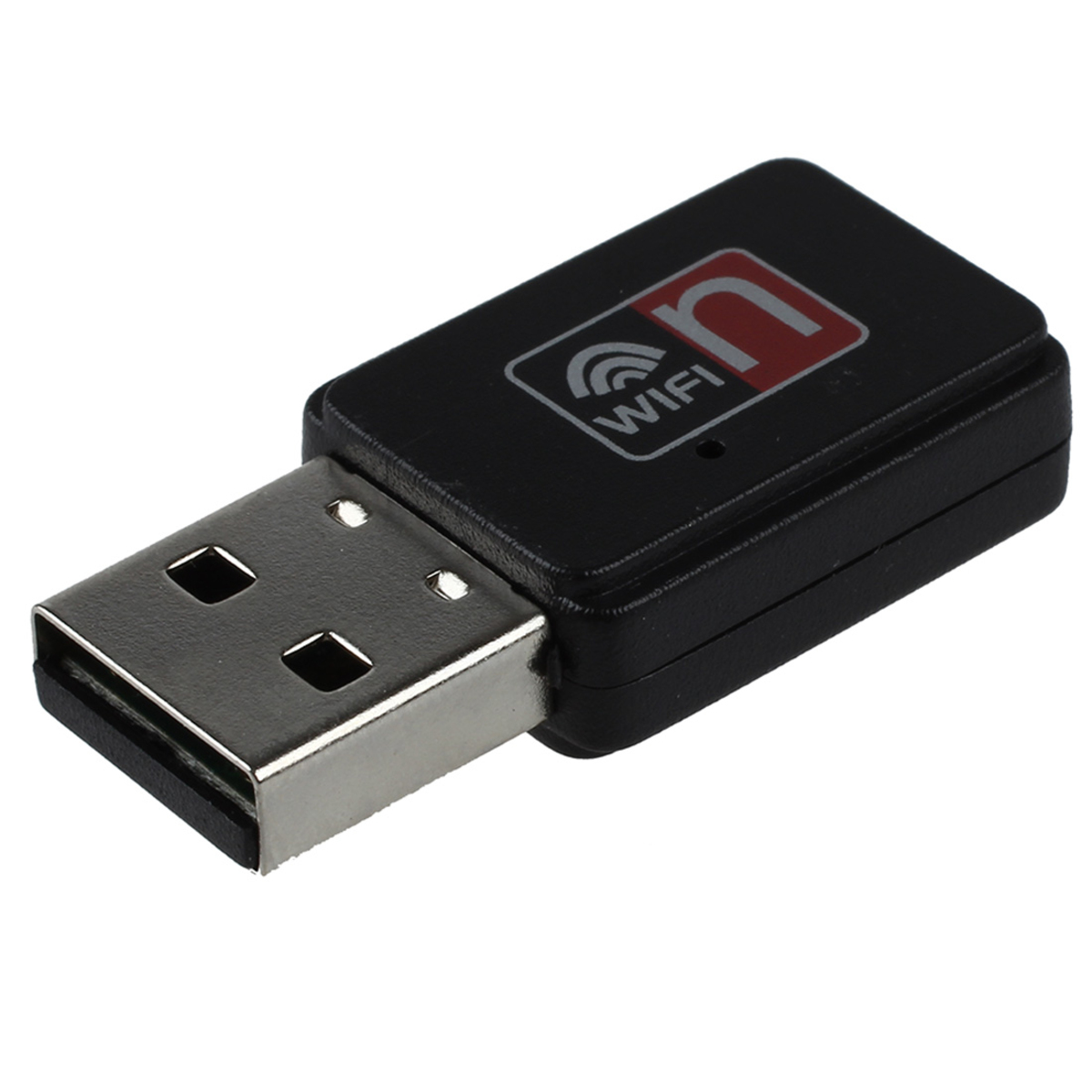
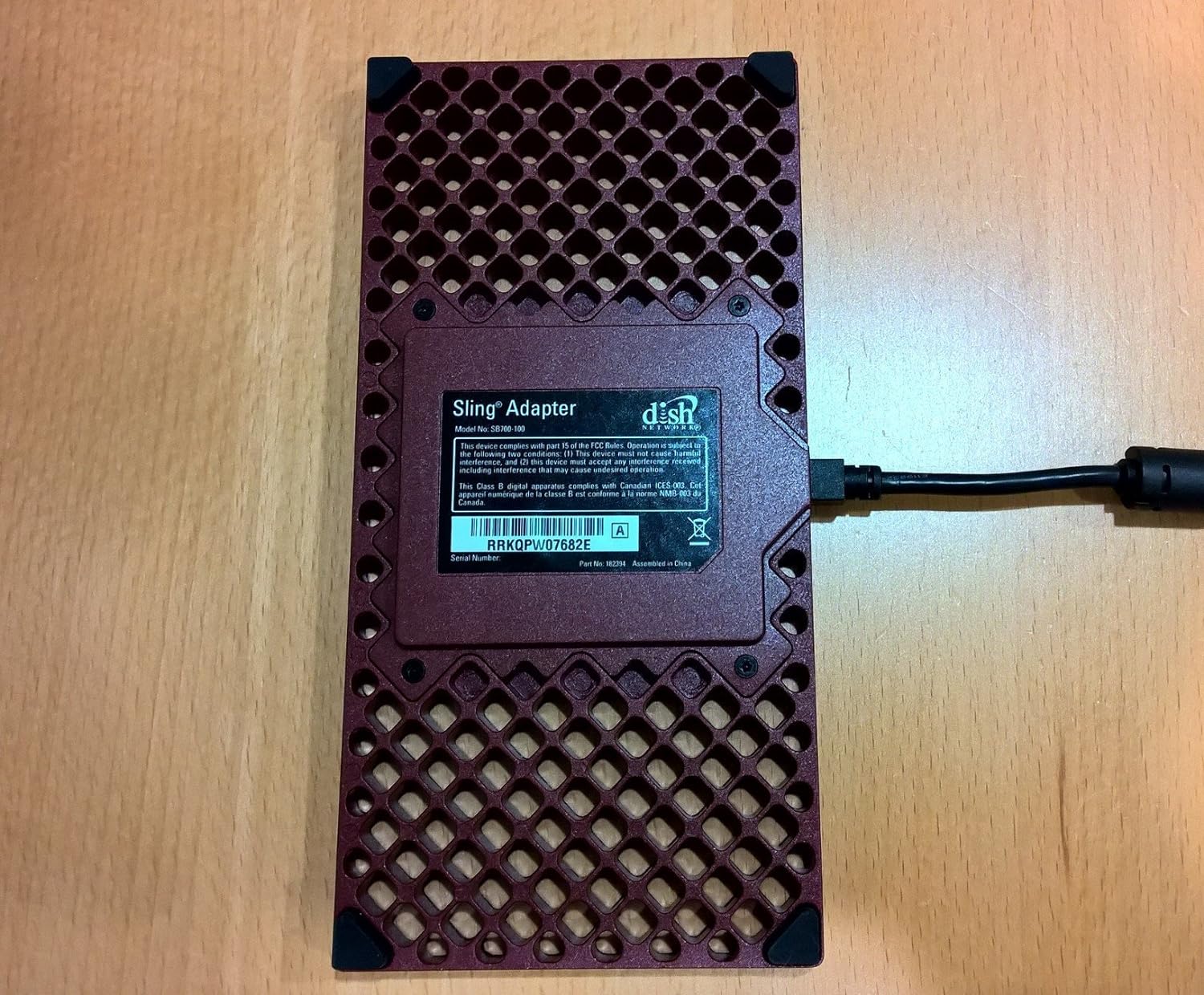
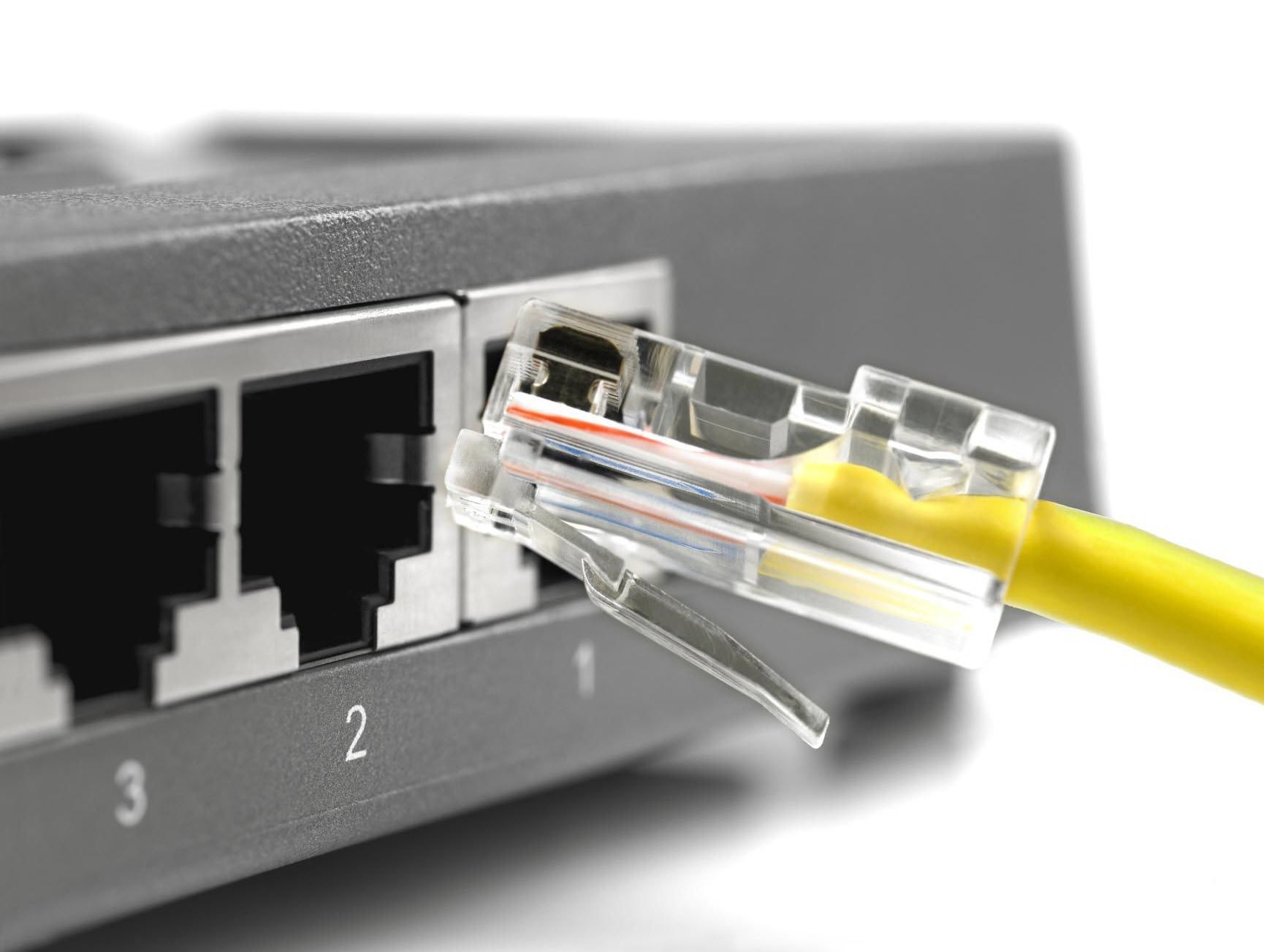
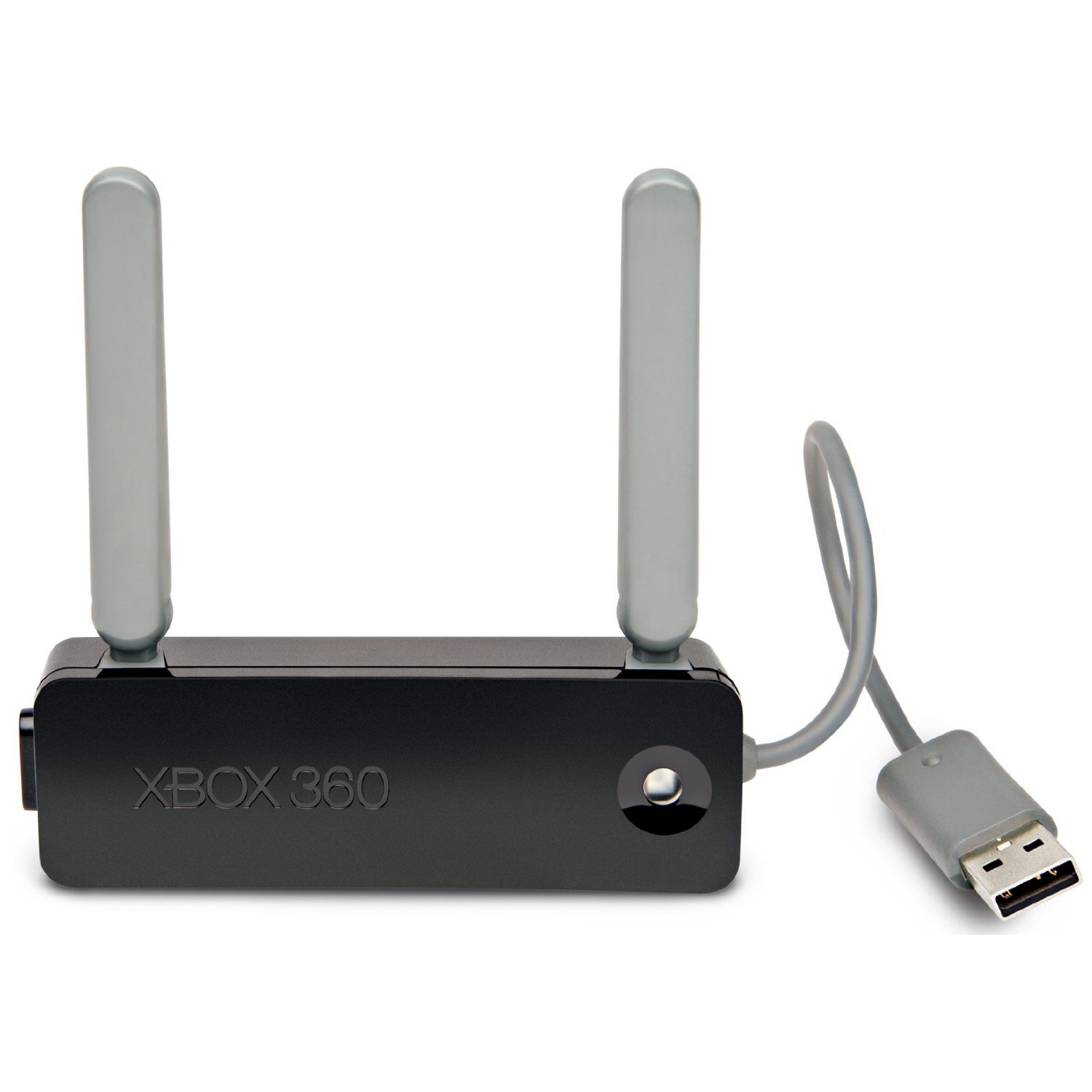
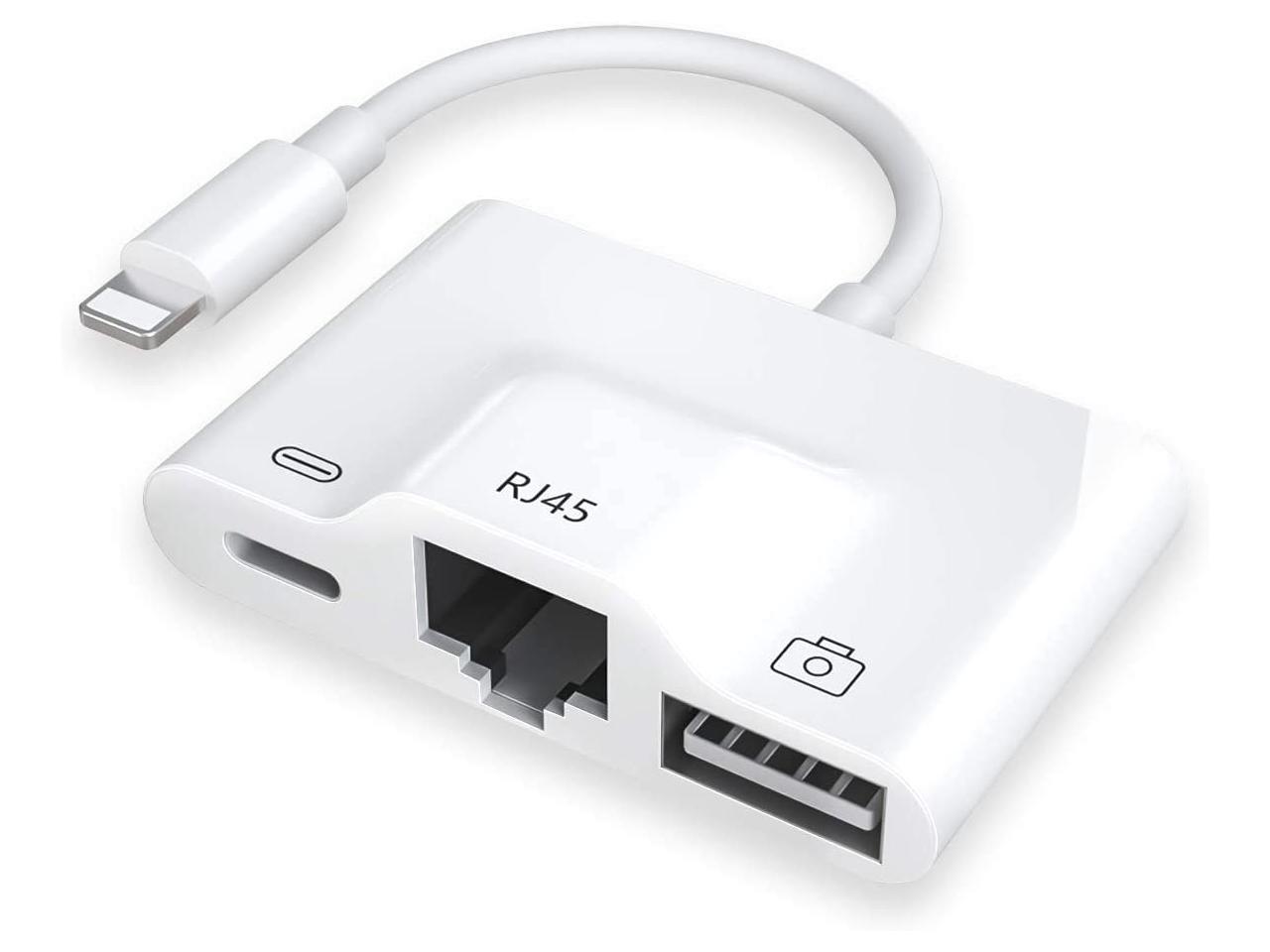
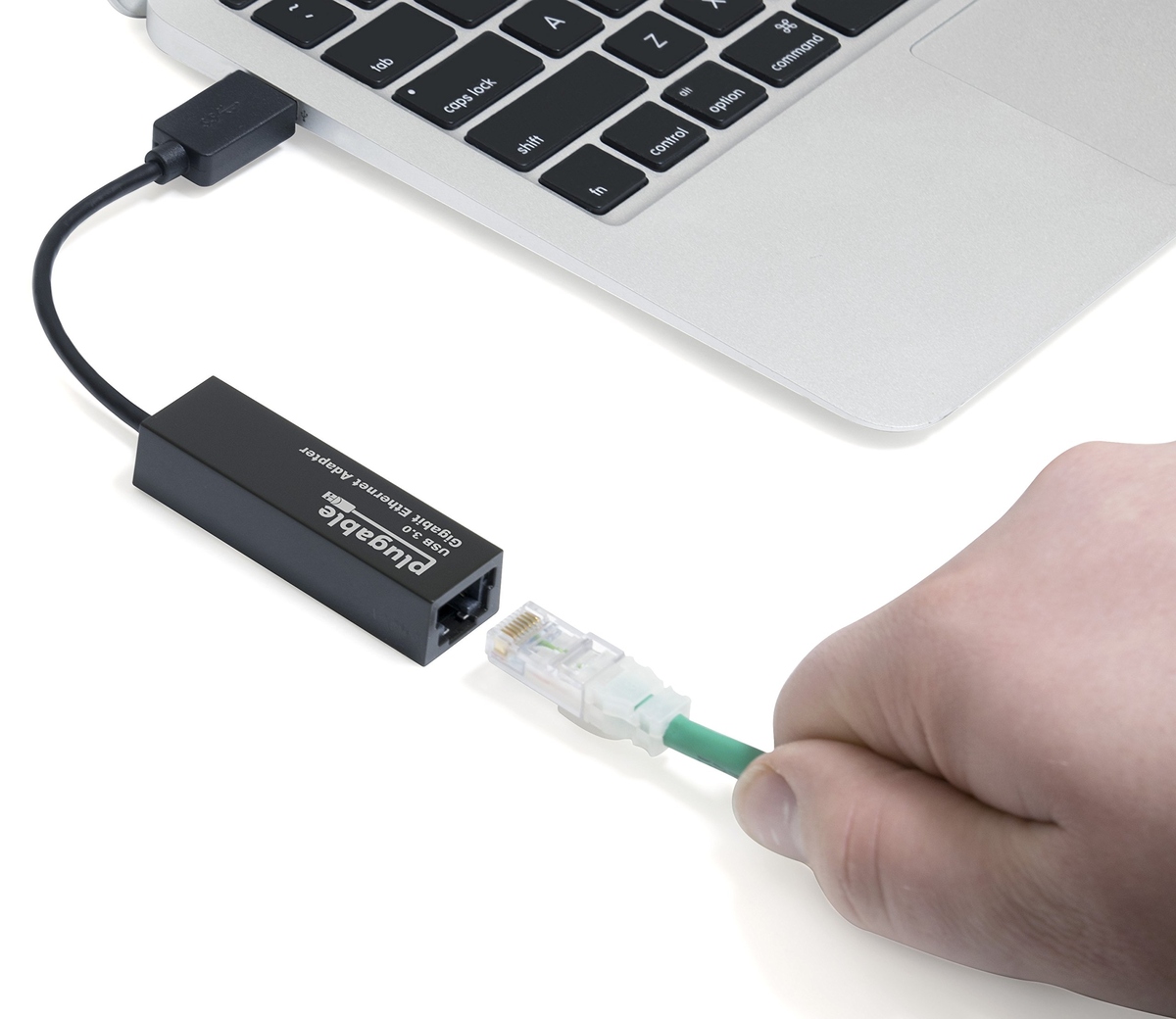
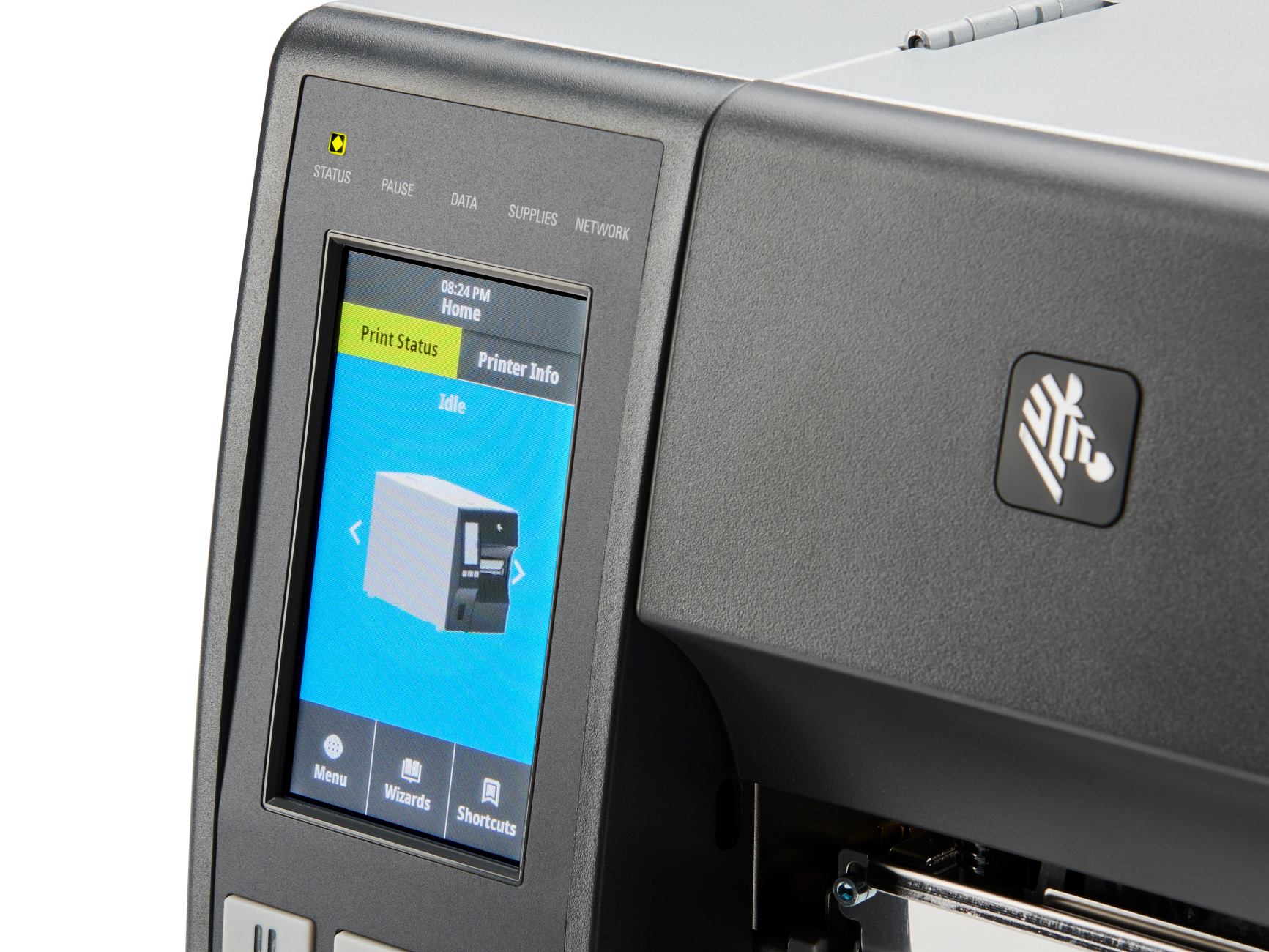
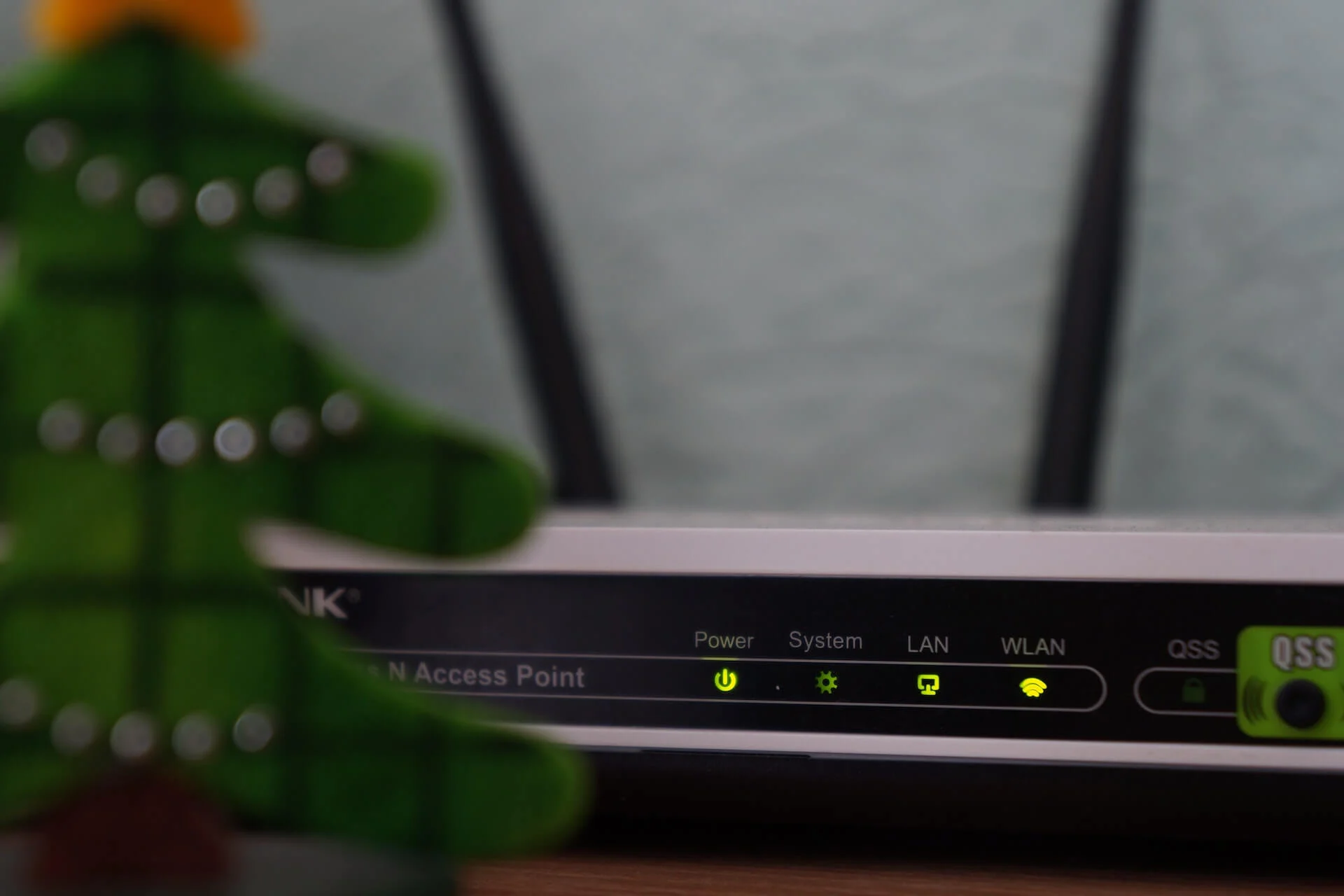


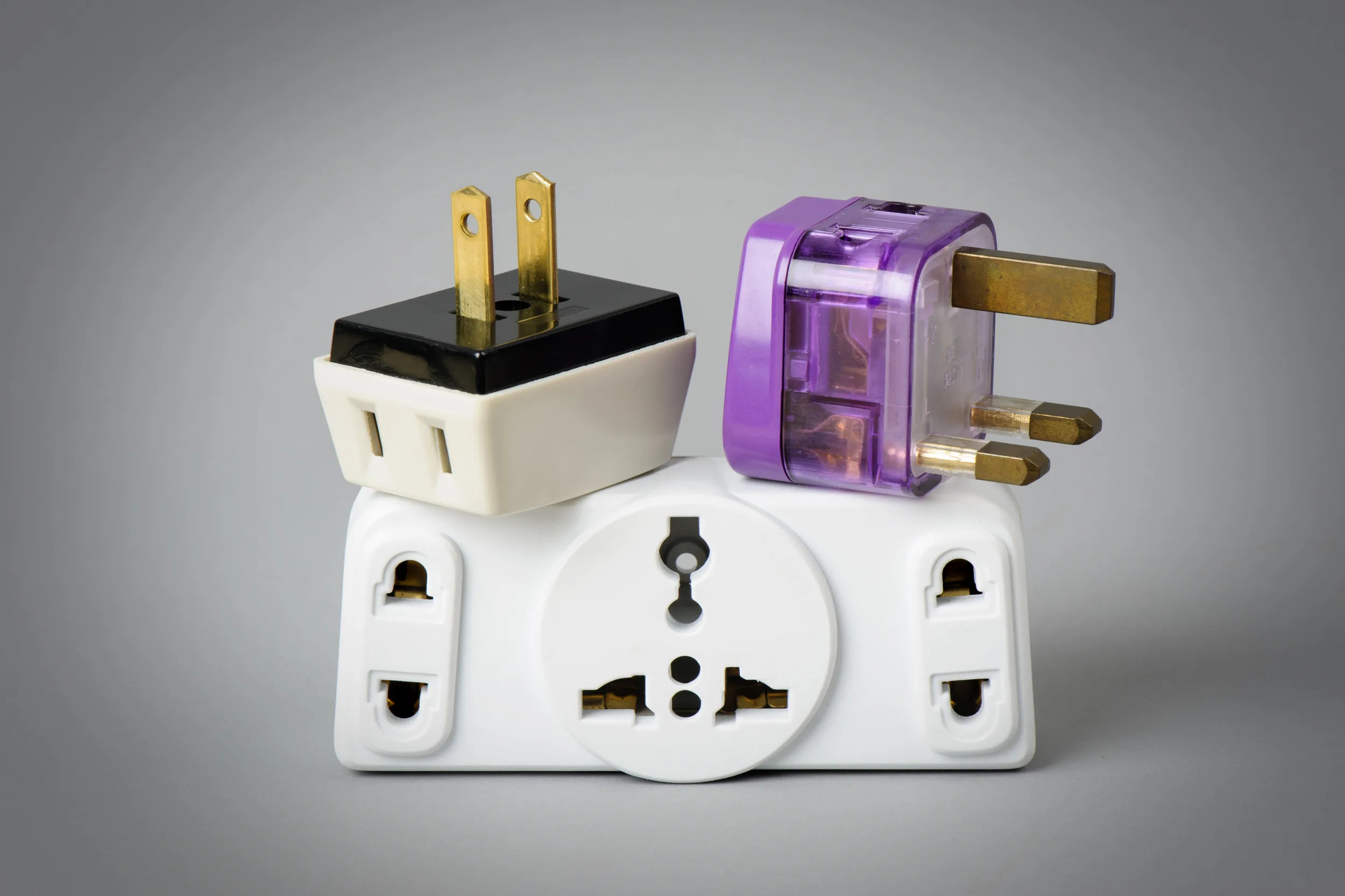

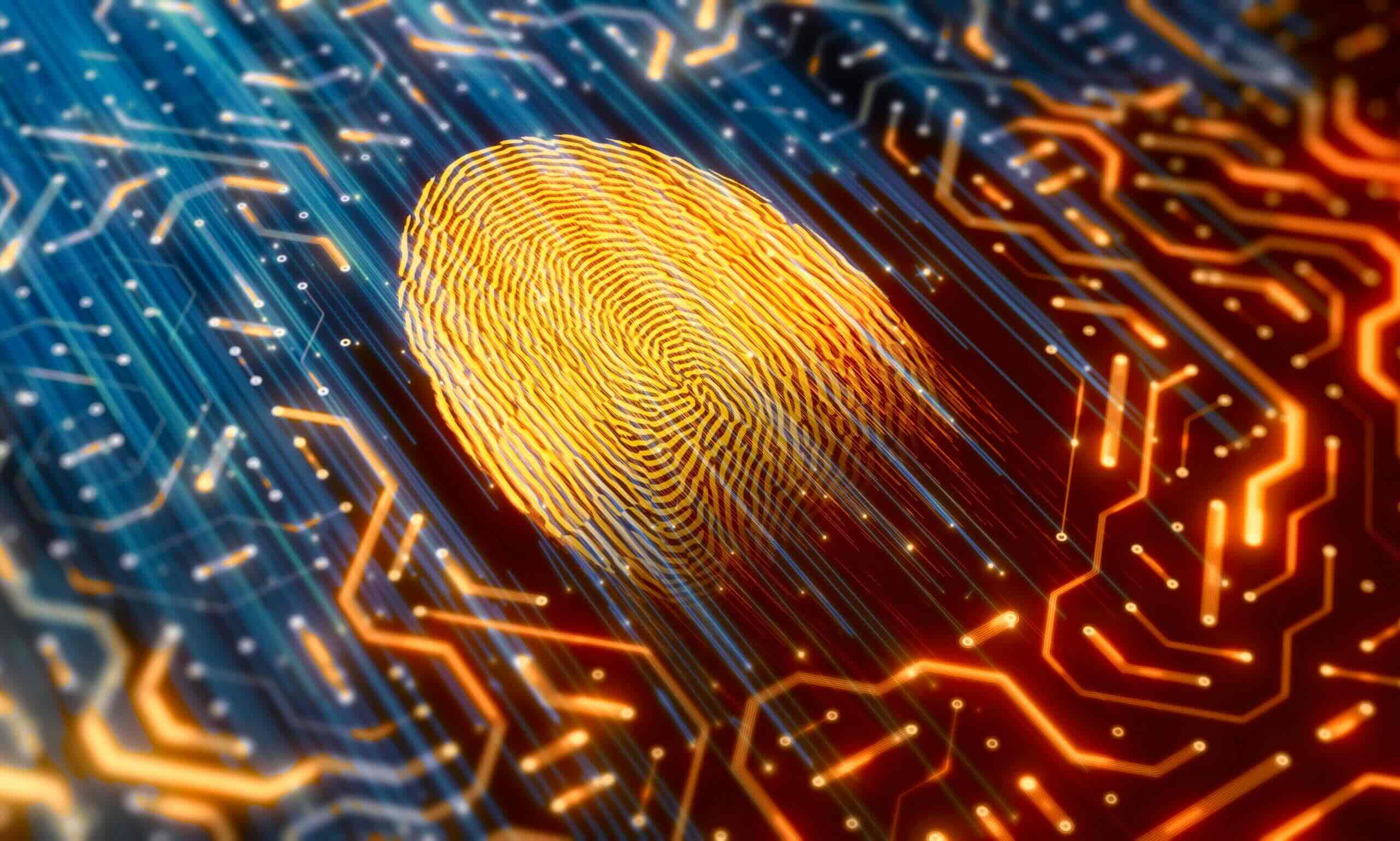
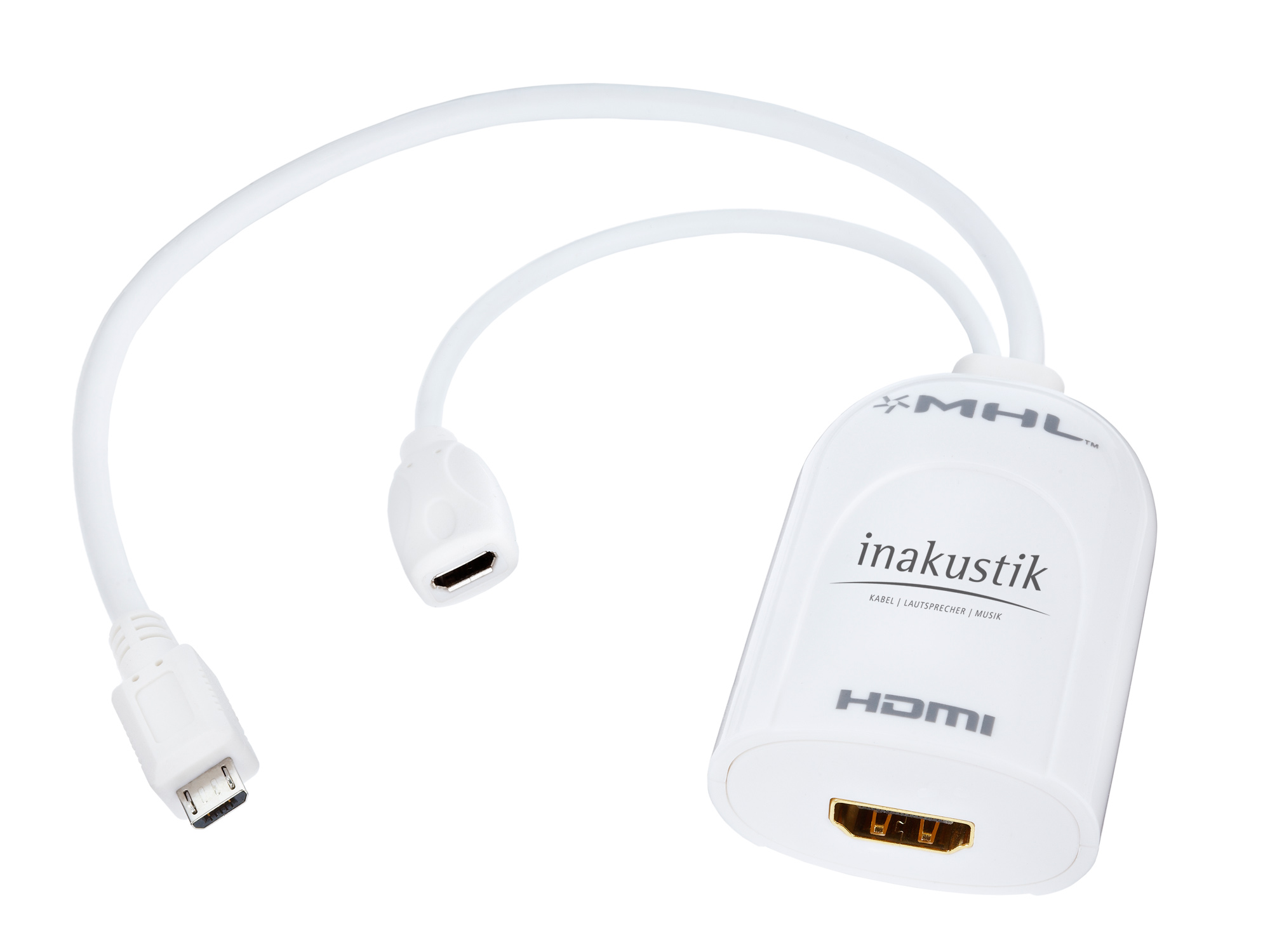

0 thoughts on “What Is A Network Adapter Driver”